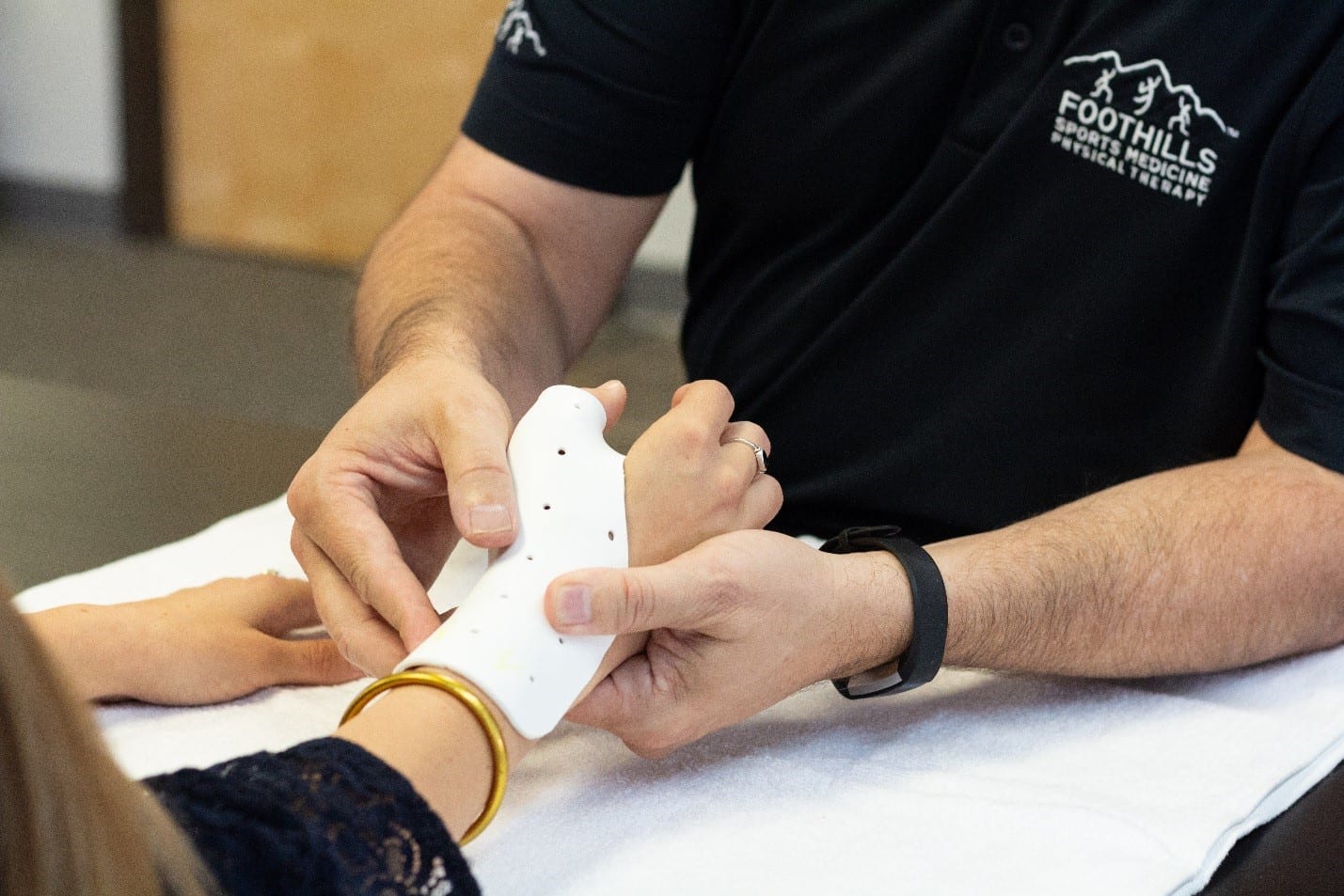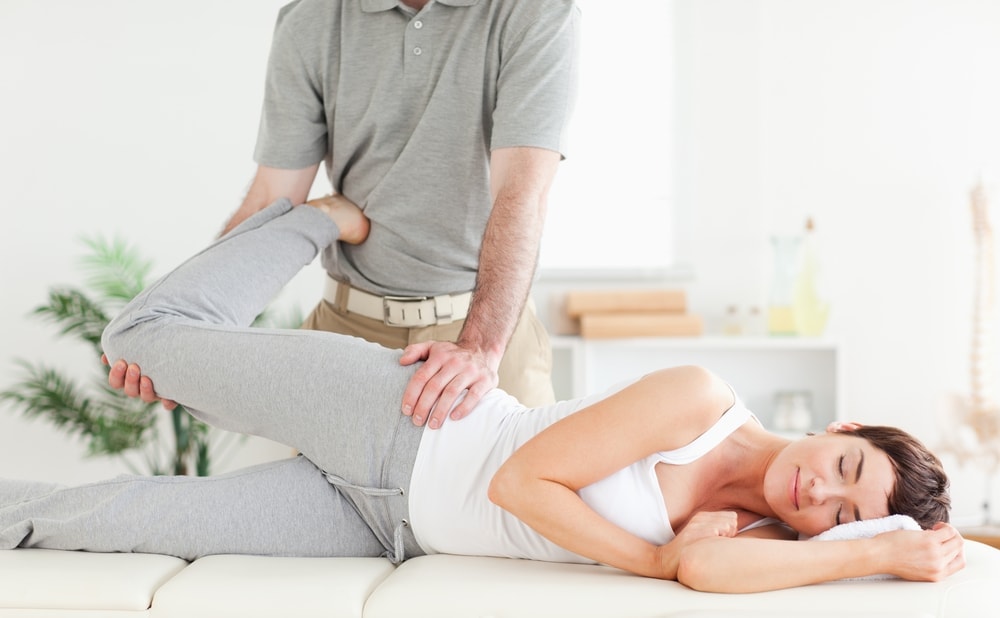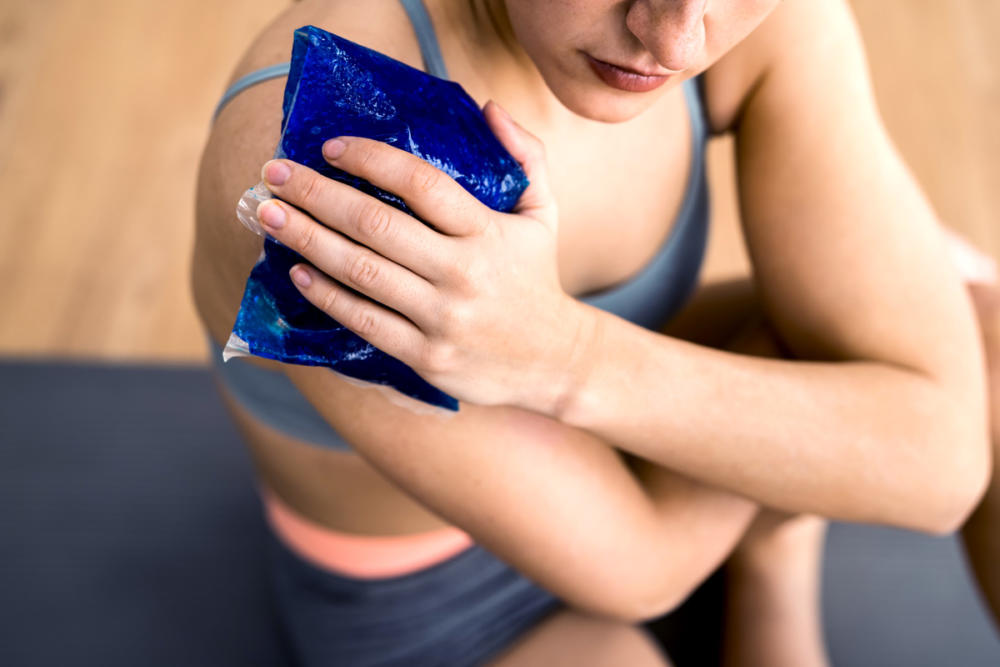by Doug Rich, PT, OCS, CHT | Red Mountain
The most prevalent area of arthritis of any joint in the body is the first CMC joint which occurs at the base of the thumb. This joint is unique in that it is a saddle joint. One side is a dome and the other side is shaped like a U that fits on the dome. This allows the thumb to bend forward and backward as well as slide side to side. The term opposable thumb is derived from this motion. However, because of this wide range of movement and how often we use our thumbs, it leads to more wear and tear on the joint than any other joint in the human body leading physical therapists to study hand therapy techniques.
The primary use of the thumb is to squeeze in and across the palm of the hands and fingers for gripping and pinching. The muscle needed for that is located in the meaty base of the thumb called the thenar eminence or the web space between the thumb and first finger. The thumb joint is also looser as you move towards your palm to allow for more dexterity. Years of use will wear down the joint and these muscles become shorter and stronger we will get pain in the base of the thumb as well as weakness with pinching activities.
Hand Therapy to Increase Function
Hand therapy plays a role if the CMC joint is not too worn down. You can stretch the muscles back out. And with help of a physical therapist, you can learn stabilization exercises that can correct the muscles and delay the wearing down of this joint as well as increase the function.
5 Exercises for Rehabilitation
Following the stretching and loosening up the tight muscle of the thumb, it is important to train the weaker muscles around the thumb to stabilize this joint. A thumb stabilization program is recommended which consists of 5 simple exercises that can be performed 4-5 times of day along with the thumb stretches. Sometimes the joint is too worn down to be fully stabilized by these other small muscles and a brace will need to be incorporated. There are many soft braces with extra thumb support that do well in giving the extra needed stabilization to this joint during the early stages of arthritis. For later stages that need more support, a custom-made thumb spica splint may be needed.
Trigger Point Dry Needling
Trigger point dry needling is the act of inserting a small needle into the tender trigger point of a muscle until it twitches and or releases. This gives us a more pliable and less painful muscle attached to the joint. This can rapidly speed up the recovery process. Trying to stretch small shortened and painful muscles can take some time but trigger point dry needling can greatly quicken this process by breaking up the trigger points in these muscles. I have found this to be effective in decreasing the time of treatment by up to half the normal time and cutting down severe pain in some cases within a day or two.
If your hands are causing you pain, schedule your free Rapid Recovery Injury Assessment with Doug Rich, PT, CHT, at our Red Mountain clinic. He is a Certified Hand Therapist that can determine the best action to help relieve your hand pains.




